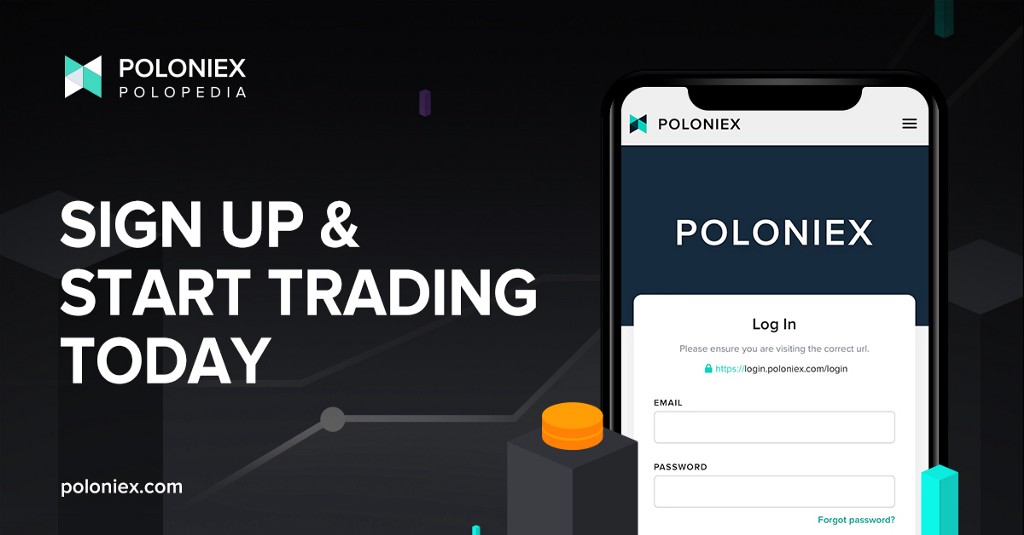
What is Chain?
Chain, founded in 2014, is a Web3 infrastructure platform that prioritizes scalability within Web3 and accessibility for deploying smart contracts.
Chain wants to make blockchain infrastructure provisions more accessible and less time-consuming to developers pushing forward the paradigm shift towards Web3. The idea behind this mission? The current financial system is massively inefficient and the current public blockchain infrastructure is proving too much of a time-cost to developers.
Chain has also identified the need for security and compliance when traditional financial institutions upgrade their systems with blockchain technology. To satisfy these needs, Chain has provided the means to deploy a private ledger (see subsection titled ‘Sequence’), amongst its other products.
How does Chain work?
Chain’s main ethos is to empower the Web3 economy through provision of a cloud-based infrastructure solution. Through its products and services, Chain seeks to free developers from focusing on their application’s infrastructure, rather dedicating focus to their own users and the applications themselves.
Chain is a DAO, and as such the DAO controls the Chain Protocol. Like other DAO’s, holders of its native token, XCN, control the future of its network through on-chain proposals and governance as well as the maintenance of the Chain DAO Treasury. Users of course participate by staking XCN.
Chain Cloud
Chain Cloud is Chain’s decentralized infrastructure protocol giving users more access to blockchain networks. The product is immediately available to users with the Chain Cloud Standard RPC API. With this, developers can build on existing chains through use of an API endpoint*.
Chain Cloud’s tech also operates on multiple nodes across various data centers and home networks, making it decentralized and reliable.
*An API endpoint is the URL for a service. In this context, any given blockchain.
Sequence
Sequence is Chain’s Ledger-as-a-Service that allows users to easily manage balances in applications such as wallet apps, marketplaces and lending platforms. It is cloud-based, making it quite convenient for users, and leverages the utility of a token-based data model.
It is immutable and quite secure, and features shareable analytics, the addition of new transactions flows, balance types, and entities and provides users the ability to run their applications on it. In automating the building and running of ledger infrastructure, Sequence frees up teams to focus on their actual product.
XCN, Chain’s token
XCN, Chain’s governance and utility token, has multiple functions beyond being a store-of-value. Because Chain is a DAO, XCN is used to vote on protocol improvements as well as community-driven programs. According to Chain’s whitepaper, XCN can also be used “node deployment, discounts, premium access, and a payment method for fees on Chain Cloud and Sequence.
What can I do with XCN?
By staking XCN, you can participate in the DAO’s proposals and overall governance. Beyond this, users can use XCN for platform fees and functions, which includes node deployment and premium access to Chain’s products.
How to acquire XCN
XCN is available on multiple exchanges like Poloniex! You can acquire XCN through trading a USDT trading pair: XCN/USDT.
Feeling ready to get started? Sign-up is easy! Just hop on over to https://poloniex.com/signup/ to start your crypto journey🚀
was originally published in The Poloniex blog on Medium, where people are continuing the conversation by highlighting and responding to this story.


